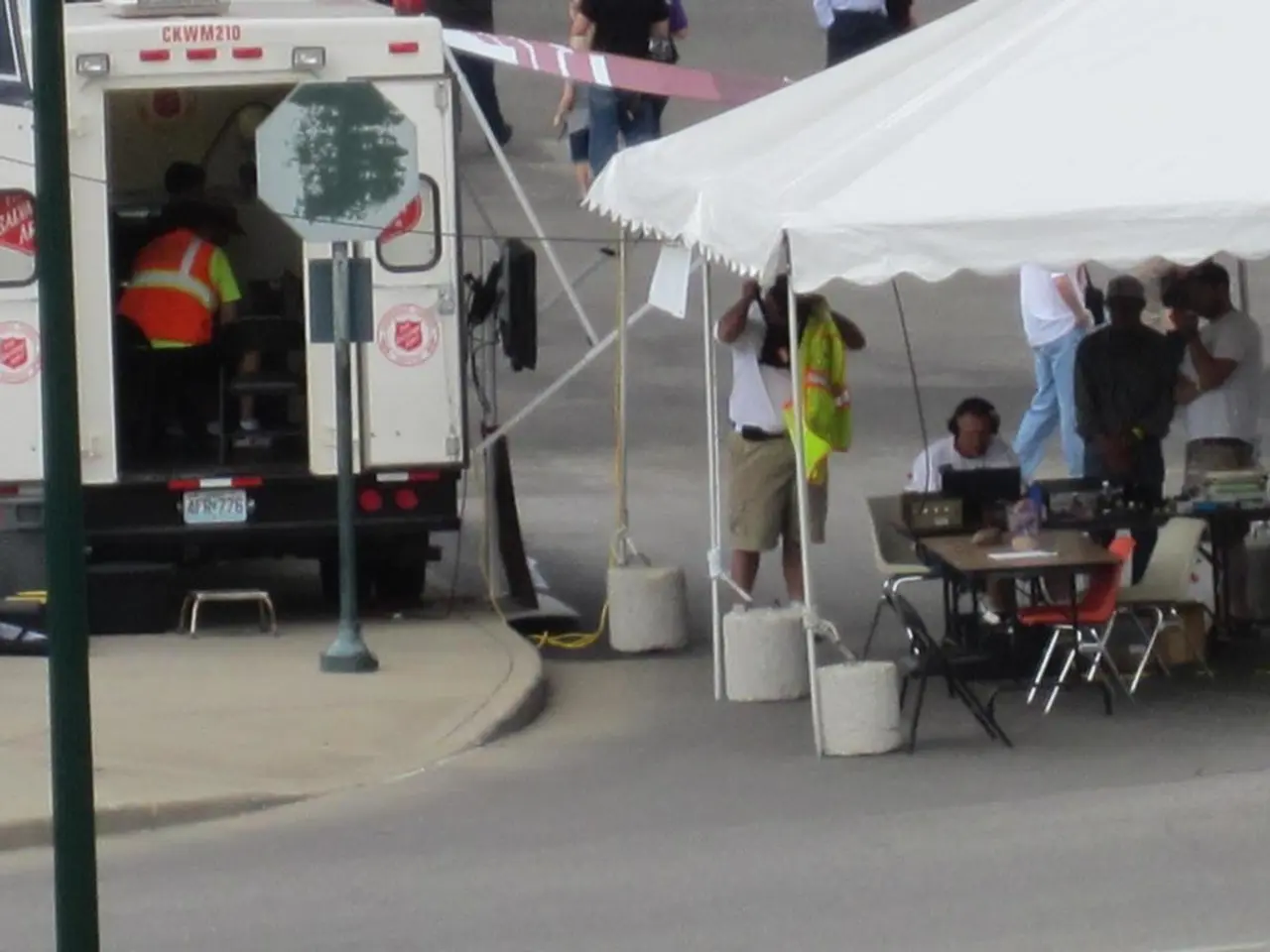Historical Exploration of the 1948 Israeli Conflict by Finkelstein & Morris
The events of 1948, known as the Nakba, or "Catastrophe," mark a significant turning point in the Israeli-Palestinian conflict. This period, often referred to as the Arab-Israeli War, resulted in the displacement of approximately 700,000 Palestinians, more than half the pre-war Palestinian Arab population.
The mass displacement was a complex interplay of military, psychological, and political factors. Direct expulsions and military campaigns, such as those in strategic locations like Lydda and Ramle, forced tens of thousands of Palestinians to leave their homes. The climate of fear, exacerbated by reports of massacres and psychological tactics, led many Palestinians to flee, even in the absence of direct expulsion. The collapse of Palestinian society, the destruction of infrastructure, and external factors also played a role.
The displaced Palestinians became refugees, with many settling in the West Bank, Gaza Strip, and neighbouring Arab states. Their descendants now number in the millions, and most remain stateless, unable to return to their former homes, which are now part of Israel. This refugee crisis, coupled with legal and political exclusion, has been a source of ongoing grievance in the Israeli-Palestinian conflict.
Israel passed laws preventing Palestinians from returning or reclaiming property, while simultaneously establishing the Law of Return, which grants Jews worldwide the right to immigrate to Israel. This asymmetry is often cited as evidence of systemic discrimination, with some critics describing it as a form of apartheid. The Palestinian demand for a "right of return" for refugees and their descendants is one of the most contentious issues in peace negotiations, and its resolution is seen as crucial for any lasting agreement.
For Palestinians, the Nakba represents a foundational trauma and a symbol of ongoing displacement and dispossession, fueling resistance and complicating efforts at reconciliation. The Israeli and Palestinian communities hold starkly different historical memories of the events of 1948, further entrenching mutual distrust.
It is essential to acknowledge the complexity of this period and the grievous mistakes made on all sides. The British Mandate's initial support for Zionism was driven by strategic concerns, but it significantly wavered by 1939. Jewish leaders accepted the UN Partition Plan, while Arab leaders rejected it, leading to civil war between the communities and an invasion by neighbouring Arab states after Israel declared independence.
The events of 1948 reshaped the Middle East and laid the groundwork for decades of conflict to follow. The unresolved status of Palestinian refugees, the destruction of Palestinian society in 1948, and the continuing displacement of Palestinians in subsequent conflicts all contribute to a cycle of grievance and resistance that makes a negotiated peace extraordinarily difficult to achieve.
Politics, general news, and war-and-conflicts often intertwine in discussing the Israeli-Palestinian conflict, particularly in reference to the events of 1948, known as the Nakba. This period, marked by the displacement of approximately 700,000 Palestinians, remains a significant source of contention and a point of debate in the realm of international politics.








